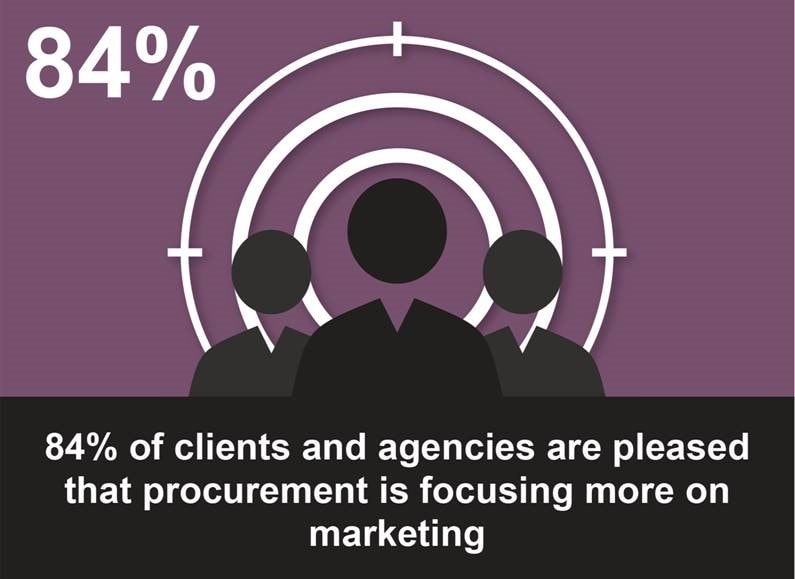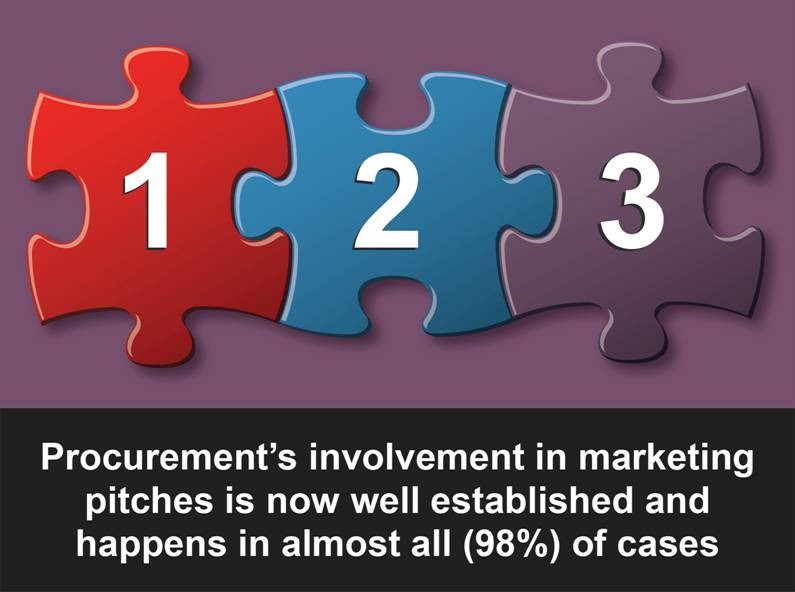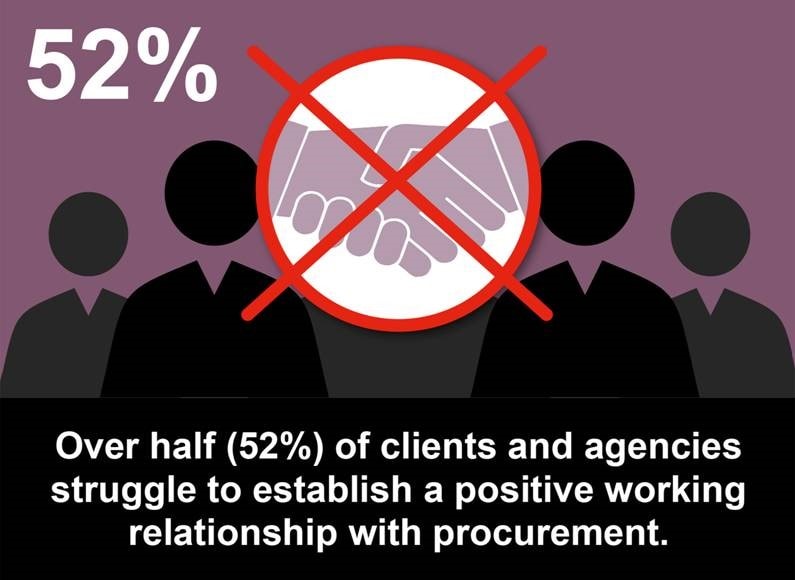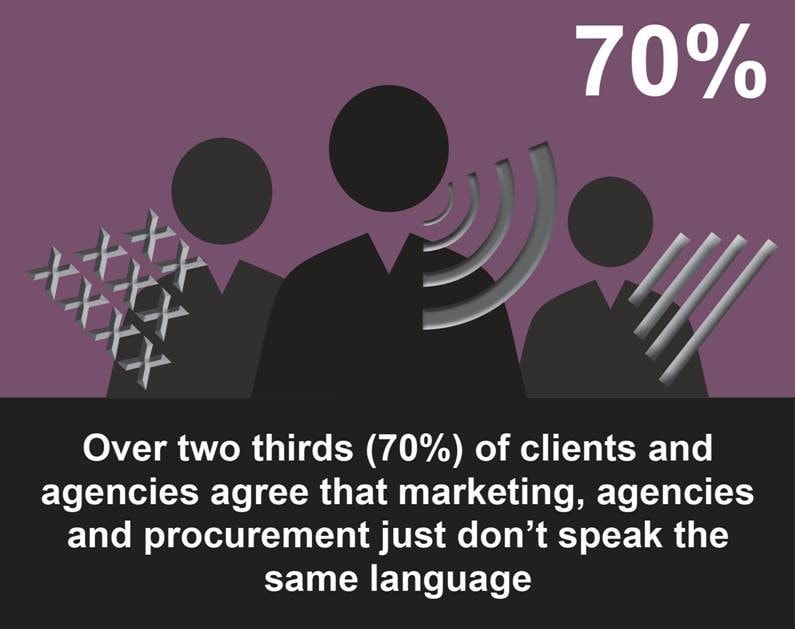When PR and procurement first met in the 1980s, their encounters were often tense and deeply unsatisfactory with both sides struggling to understand and appreciate one another and leaving a frustrated sense that “they don’t get it”.
Fast forward to today and as more client procurement departments become involved in the selection of agencies, we are seeing a shift in an industry keen to up their game and demonstrate the crucial role PR and communications can play within a business.
The fact that procurement and marketing are starting to understand the value of one another may be surprising to some, but this view is supported by a recent independent study, commissioned by client-agency relationship adviser AAR, that analysed the views of 200 senior-level client side and agency representatives.

It found 67 per cent of respondents agreed procurement was having a “positive effect” on marketing and the function was involved in 98 per cent of deals.

Agencies have been forced to put value on what are essentially intangible concepts such as “creativity” and “intellectual property“, and become more accountable in making a meaningful and measureable impact on the client’s business. The study found procurement was “ideally placed” to help marketing demonstrate its value but 52 per cent of respondents “struggle to establish a positive working relationship with procurement.”

Ultimately, for this crucial relationship to work it is important to keep reflecting on the approach you have in place and make tweaks and adjustments along the way as you will instinctively hit upon a process that will work for you.
Here are three things that will help agencies on the way to navigating this crucial relationship:
1. Opposites can attract: procurement teams come from a place of commercial motivations linked with corporate responsibilities. Consider appointing an opposite number so that you can work together to educate and find solutions. PROs shouldn’t see or treat procurement as a third wheel. They represent the client in the same way that the marketing team do.

2. Start as you mean to go on: try and meet the procurement team early in the process – ideally during the pitch stage. This will help the procurement team to forge an informed relationship with the marketing team and the incoming agency – even before they are appointed – expanding their knowledge and establishing the basis of a strong, long-term partnership.
3. Measuring up: The majority of clients are moving away from AVE as a metric to evaluate campaigns. Clients – and by extension procurement – need to justify their expenditure, so understand what success looks like for them and agree on whether ROI will be based on delivered content, coverage or sales leads and measure accordingly.

Methodology
The study is based on telephone interviews with 200 senior-level UK client and agency communications professionals. The research was designed by AAR, and the interviews were conducted by independent research company Coleman Parkes in early 2014.
Written by Alex Young, business director for AAR.
PR Masterclass: The Intersection of PR and GEO
Join PRmoment for a Masterclass featuring 10 of the industry’s foremost experts. You will walk away with a clear, actionable strategy for adapting your content to an AI-first search environment.
Taking place on Wednesday 25th February in London, both virtual and in person tickets are available.
Early bird ticket sale ends Friday 9 January.
PR MasterclassIf you enjoyed this article, sign up for free to our twice weekly editorial alert.
We have six email alerts in total - covering ESG, internal comms, PR jobs and events. Enter your email address below to find out more:









